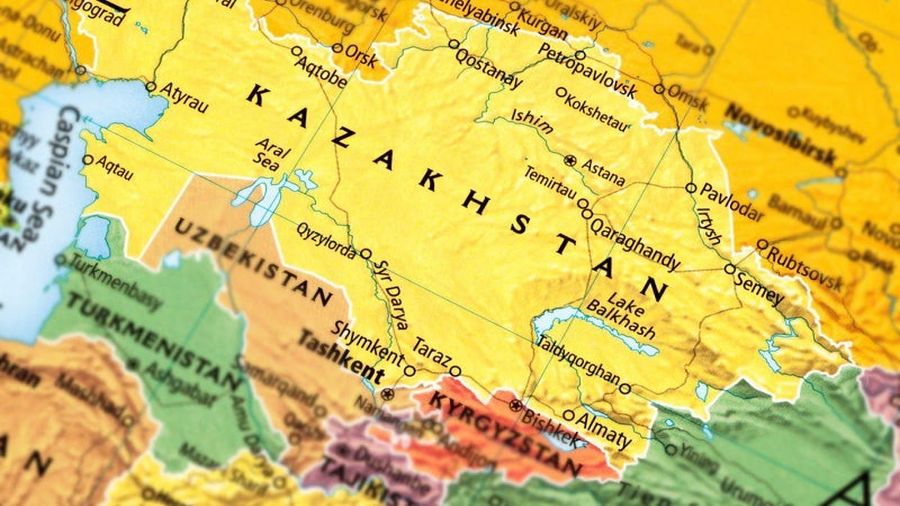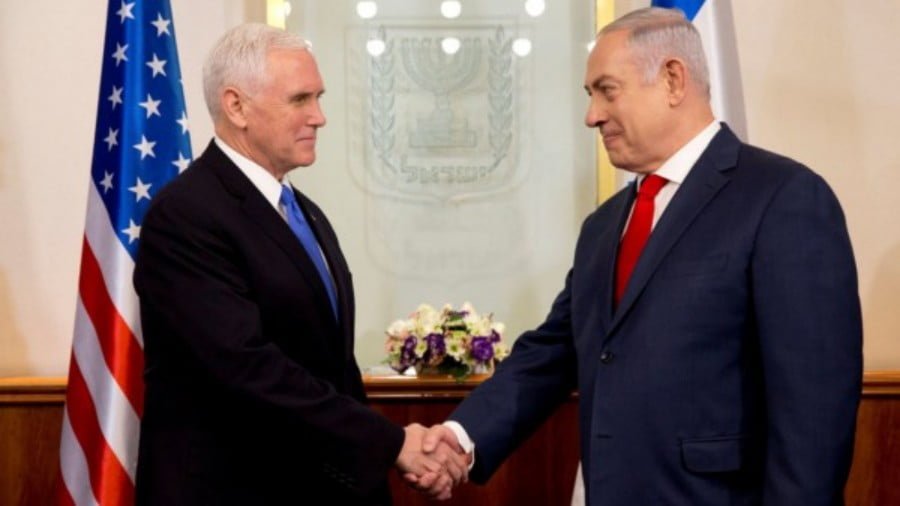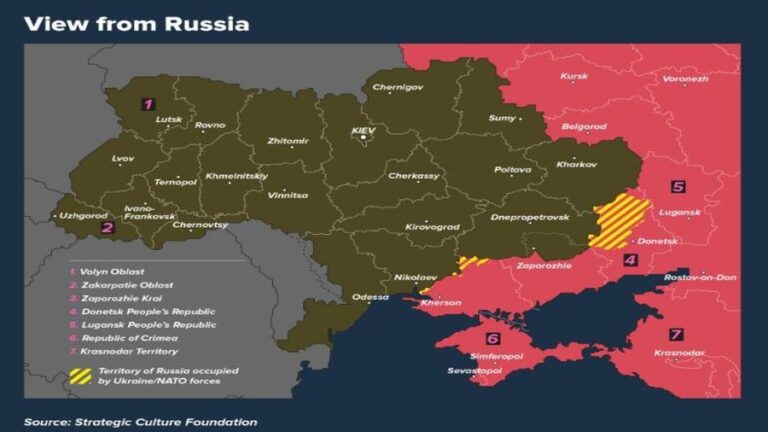The G7 has Central Asia in Its Sights
None of the insight shared in this analysis should be misinterpreted as predicting the success of the G7’s planned strategic engagement with Central Asia, but simply as raising awareness of it. A lot can happen to derail their plans, so nobody should take their success in any respect for granted. Nevertheless, they should still be very concerned about what that de facto bloc is plotting since it represents a major power play against the Sino-Russo Entente that might be difficult for them to thwart.
The New Cold War between the US-led West’s Golden Billion and the Sino-Russo Entente over the direction of the global systemic transition affects every region of the world. Most observers tend to focus on the Asia-Pacific and/or European fronts since those are the ones that are regularly in the news, but they shouldn’t forget about Central Asia, which is geostrategically located in the Eurasian Heartland. This region was just touched upon in paragraph 61 of the G7 Hiroshima Leaders’ Communique:
“We reaffirm our engagement with Central Asian countries to address various regional challenges, including the consequences of Russia’s war of aggression, the destabilizing effect of the situation in Afghanistan, food and energy security, terrorism, and climate change. We are determined to foster trade and energy links, sustainable connectivity and transportation, including the ‘Middle Corridor’ and associated projects to enhance regional prosperity and resilience.”
That de facto bloc’s reference to Central Asia comes after its media proxies’ latest fearmongering about China’s intentions there, which they claim will either result in Russia submitting to become Beijing’s junior partner or fiercely competing with it for influence in these five countries. Regardless of whether or not these dark scenarios come to pass, the G7 isn’t sitting on its laurels but is actively plotting to expand Western influence in this strategic space between those two multipolar Great Powers.
The pretext of engaging with the region to help it address various challenges serves to disguise their zero-sum divide-and-rule motives. The NATO-Russian proxy war in Ukraine would in and of itself not have any consequences for Central Asia had it not been for the West’s sanctions, which they demand all third countries comply with. Worryingly, Russian Deputy Foreign Minister Mikhail Galuzin expressed concern early last week that some of those former Soviet Republics might jump on that bandwagon.
They’ve thus far been reluctant to do so because of how disastrous this could be for their economies, not to mention the potentially irreparable rift that it could provoke within Russian-led regional integration structures like the CSTO and Eurasian Economic Union. The self-inflicted damage that their leaders would be dealing to the economy could worsen their people’s already difficult living standards, make them susceptible to radical narratives, and thus turn them into latent security threats with time.
While plunging Central Asia into chaos has always been one of the US’ plans, it appears to be recalibrating its approach nowadays in response to the multipolar processes that accelerated across the world since the start of Russia’s special operation 15 months ago. Instead of destabilizing those countries, it seems that the West wants to show the world that it can “poach” them from the Sino-Russo Entente through a combination of information warfare, sanctions pressure, and better economic deals.
This observation adds crucial context to their claim of wanting to help those countries “address regional challenges”, namely those that would transpire upon dumping Russia if they’re ever successfully swayed to do so. It’s here where their reference to the “Middle Corridor” becomes relevant since this Turkish-led regional connectivity initiative could be used by the West to much more robustly engage with Central Asia. Both President Erdogan and his competitor Kilicdaroglu are committed to this project, too.
That means that the West will be able to employ it no matter what the outcome of next weekend’s runoff election might be. The incumbent can facilitate their access to Central Asia via this Turkish-led route as part of a compromise for relieving some of their pressure upon him, while his rival would be driven to do this with the anti-Russian expectation of Turkiye functioning as the tip of the Western spear for piercing Moscow’s so-called “sphere of influence” there.
As regards the Chinese dimension of this analyzed Western approach to Central Asia, the G7 could leverage any significant inroads that they make there via the “Middle Corridor” to further entice the People’s Republic into agreeing to the US’ revival of talks on a New Détente. This route could replace the now-defunct Eurasian Land Bridge that was initially intended to connect China and the EU, which the West might promise could see a surge in activity if three conditions are met.
First, Turkiye has to team up with the G7’s “Partnership for Global Infrastructure and Investment” (PGII), which its Leaders’ Communique envisages reaching a total of $600 billion worth of investments, to jointly invest in the “Middle Corridor”. Second, the Central Asian states should then dump Russia after being assured of Turkish-Western economic support to complement China’s in that scenario. And finally, China must agree to the New Détente’s other terms in order to be rewarded with this opportunity.
Even if the third step doesn’t succeed, then the West can still exploit the other two to advance its grand strategic interests at the expense of the Sino-Russo Entente’s. The joint Turkish-Western economic, financial, and infrastructure competition with China would heat up, while the military dimension of their New Cold War rivalry could see Turkiye dispatch troops to the region. This might be done at their request as part of those countries’ shared membership in the Organization of Turkic States (OTS).
The reason why that scenario is plausible is because those countries’ potential sanctioning of Russia under Western pressure like former Deputy Foreign Minister Galuzin earlier warned might happen could set into motion a fast-moving sequence of events that destroys their security ties via the CSTO. In that event, and recalling Afghan-emanating threats as well as January 2022’s Kazakh Crisis, they might feel more comfortable replacing their traditional security provider instead of leaving Russia’s void unfilled.
Turkiye is a NATO member, however, so this could also slyly serve as a means for expanding that alliance’s presence into the Eurasian Heartland where it can then simultaneously threaten Russia and China. The People’s Republic might be able to preempt this scenario, at least for some time, by agreeing to a New Détente with the US. If it doesn’t, however, then the Sino-Russo Entente’s security would be unprecedentedly challenged by the deployment of a NATO country’s forces on their joint border.
None of the insight that was shared in this analysis should be misinterpreted as predicting the success of the G7’s planned strategic engagement with Central Asia, but simply as raising awareness of it. A lot can happen to derail their plans, so nobody should take their success in any respect for granted. Nevertheless, they should still be very concerned about what that de facto bloc is plotting since it represents a major power play against the Sino-Russo Entente that might be difficult for them to thwart.







